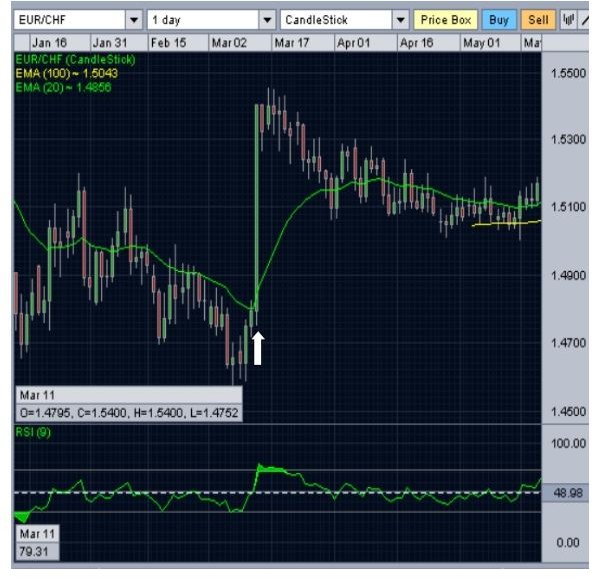Forex Trading - What Drives the Forex Market
The forex market determines exchange rates based on current economic realities, how the markets perceive the rhetoric of certain authorities (i.e. Central governors), a country’s political climate, technical analysis of the price charts and the general sentiments of market participants. Day traders make profits by timing and exploiting what drives the forex market.
Politicians and Central Banks
Because there is no central body that governs the entire forex market, there is no way of knowing for sure who is active in the market and how much they are buying or selling. For example, a central bank may enter the market in an attempt to influence prices in order to achieve a economic or political advantage. It isn’t the preference of most governments to always have a strong currency. This is because it makes local export less competitive against its trading partners. To this end, a central bank may sell large amounts of its currency to cause devaluation.
A case in point, it is widely believed that Switzerland’s central bank had intervened in the markets to stem the appreciation of its currency against the Euro on March 11, 2009 and it has been rumored that it has done so on other occasions in 2010 (see Figure 1). However, it must be noted that because the forex market is so large, no one market player is able to control price movements for an extended period of time. But because central governors and finance ministers have the first look at economic data, traders tend to hang on their every word for some indication as to where exchange rates are likely to go.
Figure 1. Swiss Central Bank Market intervention.
In other instances a governing party may take steps to revalue its currency for political reasons. Politicians know voters rejoice when their currency is strong and exporters celebrate when it looses value. How and when they satisfy the competing groups depends, to a certain extent, on where they are in the political cycle. Election year usually brings talk about how important it is to have a strong currency, but politicians know that the economy is likely to struggle when exchange rates are high at least as far as the exporting sector is concerned.
Speculative Traders
In general, there are two ways to trade the forex market: technical analysis or fundamental analysis. Fundamental traders will make trading decisions based on the economic numbers of a country, while technical analysis traders make trading decisions based on their interpretation of chart patterns. Good traders are those who are adept to combining the two trading styles.
Day traders are really speculators, who seek to make a profit based on their fundamental or technical analysis of the market. Despite the fact that day traders can influence exchange rates, they usually don’t take delivery of the currencies that they buy or sell. Rather, they just seek to profit from the price movements.
Retail and Business Customers
Some of the largest price movements in currency rates are as a result of the buying and selling pressures that are brought to bear by business and retail customers. These buy or sell their local currency to satisfy business obligations, investments transaction, travel plans and facilitate cross-country forex remittances, among other things.
Retail customers and businesses are those who buy and sell currencies through financial institution or individuals to satisfy a real need. However, they aren’t always aware that their transactions actually influence the overall exchange rate.
Summary
The largest exchange rate moves usually occur when big players (traders, businesses, banks) are active in the market, when economic data is being released or priced in, or when a major geo-political event has occurred. It is not always possible to determine what has caused a certain price movement but an awareness of what drives the forex market can help you make good trades or avoid some forex market dangers.
Image Source
_Swiss Central Bank Market intervention. (_Image supplied by the author; all rights reserved.)
